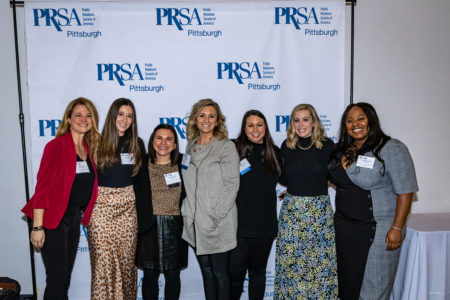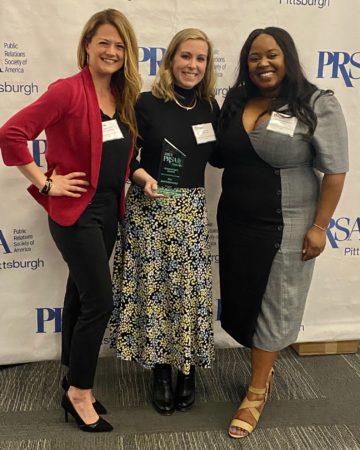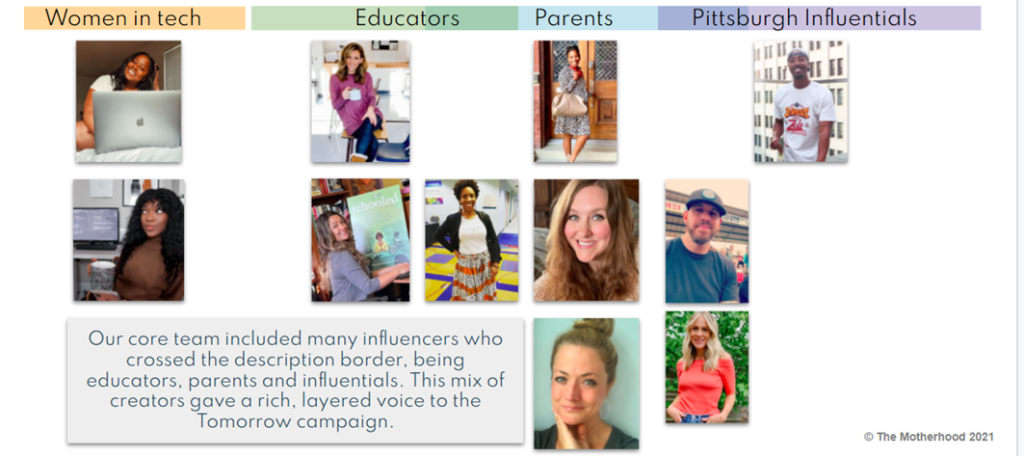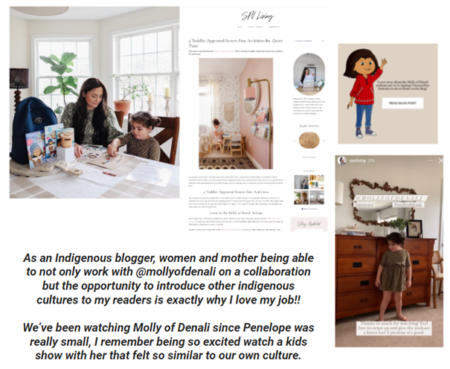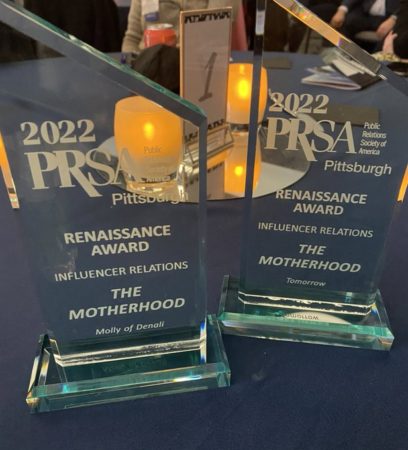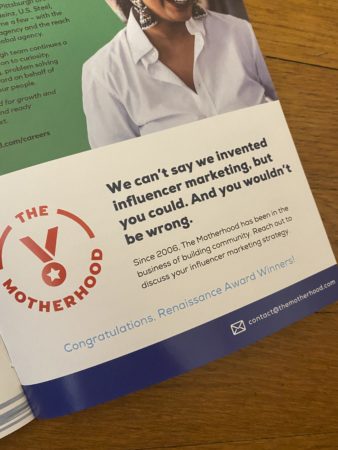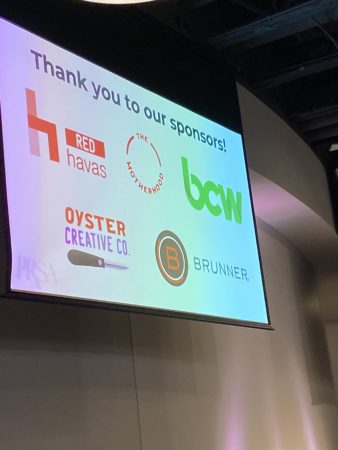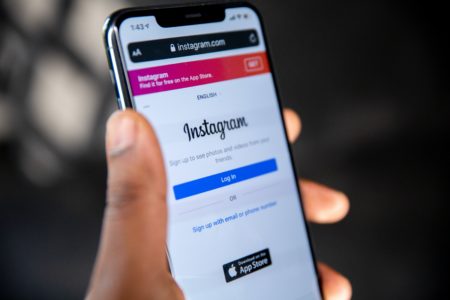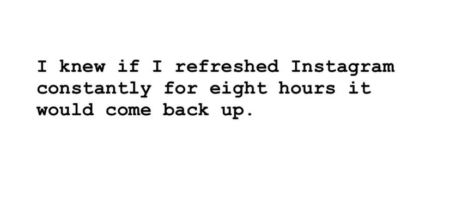The Motherhood joined top marketing teams and public relations professionals at the PRSA Pittsburgh Renaissance Awards on January 26, 2023, and we were thrilled to take home several top awards recognizing and honoring both our team and our work.
Influencer marketing campaigns for our clients 84 Lumber, buybuy BABY and SEED were awarded for excellence in programming within the influencer marketing category.
The Motherhood and individual team members also received top honors of the night, including Executive Vice President of Operations, Brittney Coburn, earning Communicator of the Year and The Motherhood team taking PR Team of the Year.
As Cooper Munroe wrote about The Motherhood team:
Our team is an all-woman powerhouse who delivers creative campaigns to an extensive client roster. This year, this incredible team increased our sales by almost 60 percent over last year! And most importantly, we are human centric in every step of the way. A lot of influencer agencies out there are powered by automation. In fact, the average influencer marketing dashboard has 133 million+ influencers. While automation does help streamline some of our processes, effective influencer marketing involves far more than filtering through a database. It requires a human touch, deep expertise, strategic thinking and proven best practices honed over time. We get to know the influencers in our network and they get to know us. Something my team is best at.
A huge thank you to each and everyone of our clients who continue to choose our team, allowing us to support the incredible work you do each and every day. We celebrate these accolades with you!

Each year, PRSA Pittsburgh recognizes outstanding public relations practitioners, campaigns, and tactics throughout southwestern PA with the prestigious Renaissance Awards. The Renaissance Awards honor local organizations, agencies and businesses as well as communicators for their innovative work across all aspects of public relations and marketing communications.
